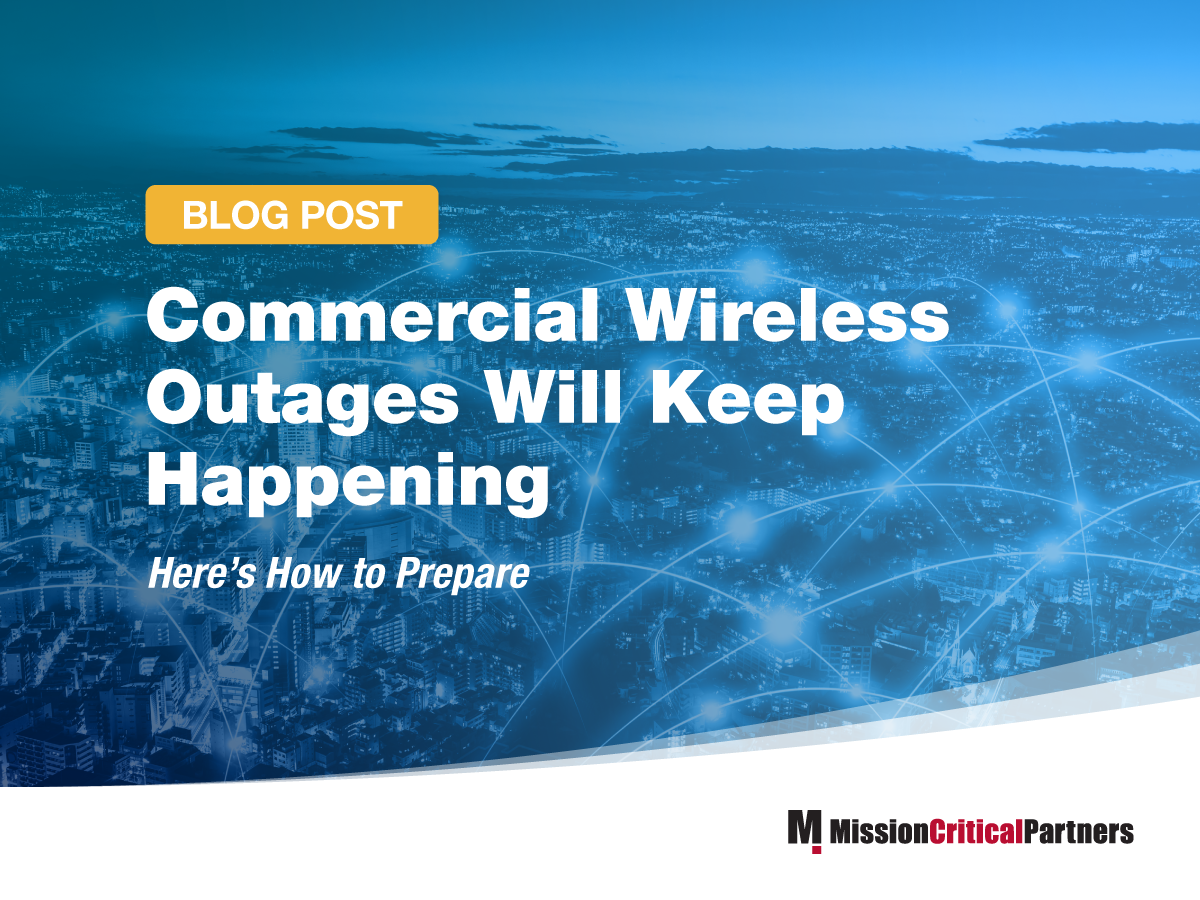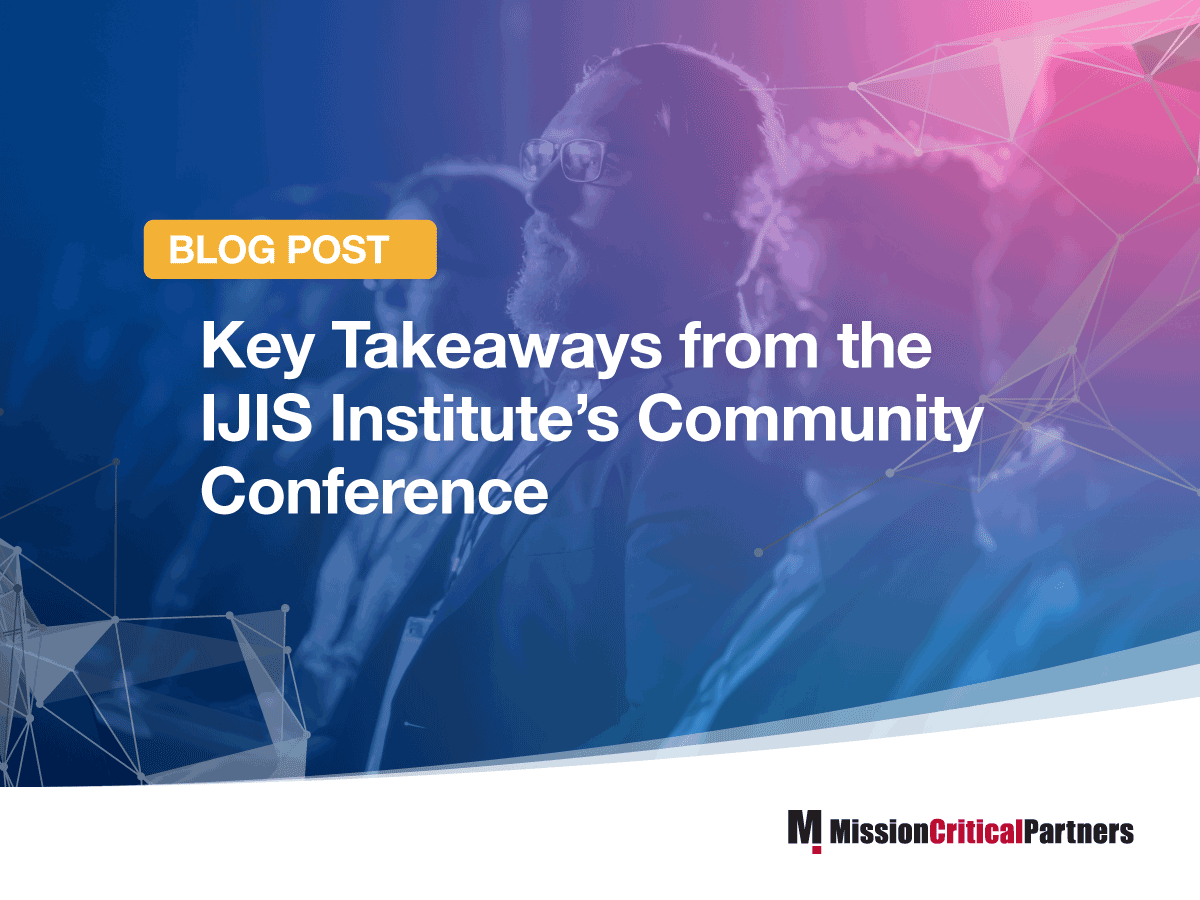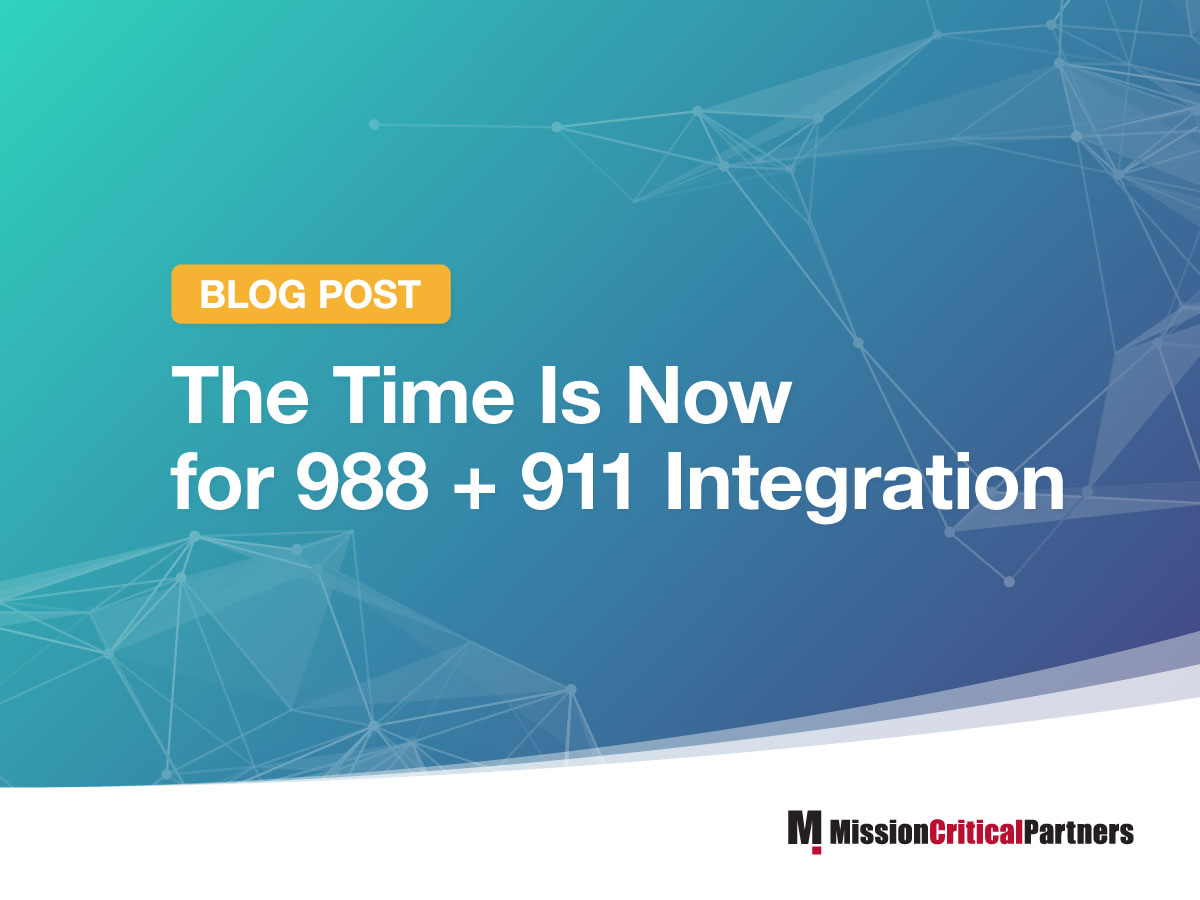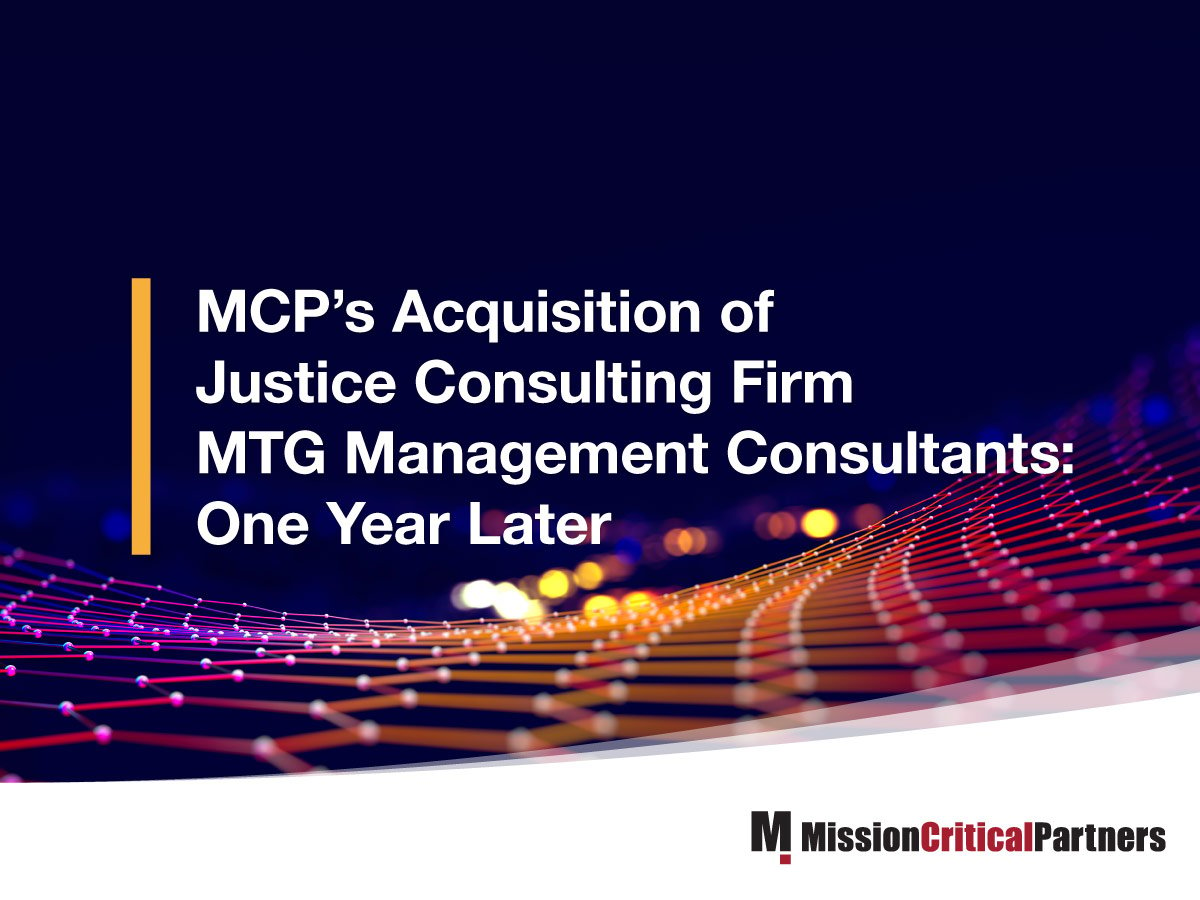A baseball adage says that when a pitcher throws you a curveball, you hit it to the opposite field. But what do you do when the pitcher hurls a fastball right at your head?
The public safety version of this scenario occurs whenever system or technology vendors consolidate, either through merger or acquisition, an action that often places their customers in a very precarious position. Agencies immediately wonder whether their already deployed systems will be supported in the same manner as before the consolidation.
Often, they are not, in part because some number of administrative, engineering and service personnel typically leave a company after a consolidation.
Worse, systems and equipment often are eliminated in the aftermath of a consolidation, usually because of product redundancies. Preparing for system and equipment end of life always is challenging, but it becomes terrifying when it occurs suddenly and with no warning. Public safety agencies are in the business of saving lives and that becomes significantly more difficult when communications systems are rendered inoperable because replacement components or maintenance services cannot be procured—because they no longer exist.



















